When you first start out on your recording journey there can be some questions that you might think have obvious answers such as ” Can you use studio monitors without an interface” Don’ worry you’ve landed at the right place to find the answer.
So can you use studio monitors without an audio interface?
Yes, it is physically possible to use studio monitors without an audio interface, but for better sound results, an interface is needed for professional audio applications since it ensures crisp and top-quality sounds, giving you the ease of editing it to your preferences. It is highly recommended to use studio monitors with an audio interface.
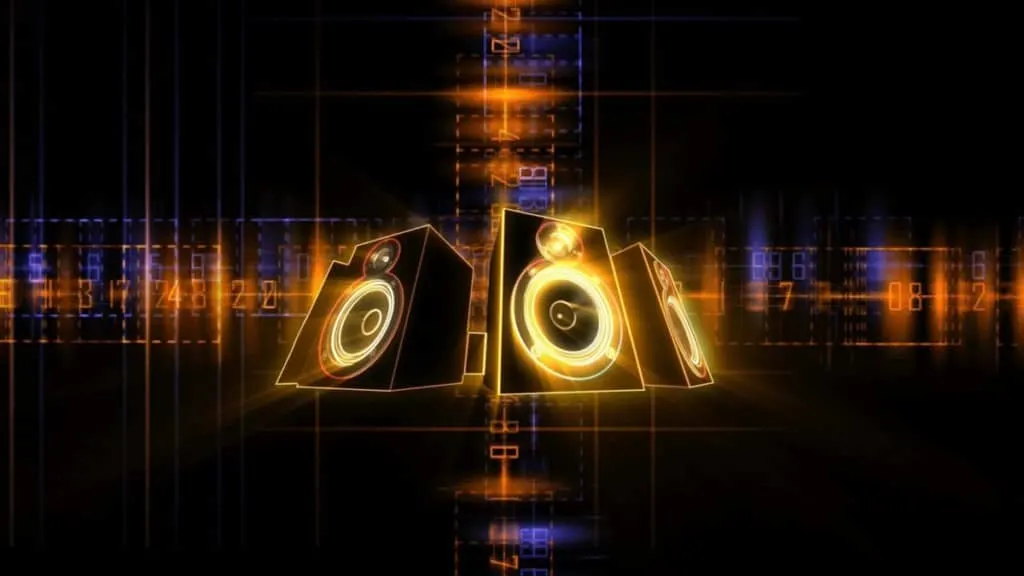
What Is A Studio Monitor?
Studio monitors are loudspeakers that are located in the enclosure of speakers that are specially designed applications that are in the professional music and audio production niches such as for filmmaking, television studios, recording studios, project studios, home studios, and radio studios, where precise and accurate sound reproduction is needed.
What Is An Interface?
An Interface facilitates the exchange that is shared by the boundaries between the individual components of the computer system’s exchange information.
These exchanges can happen between the computer hardware, peripheral devices, humans, and software, exchanges can also happen between different combinations of the previous samples.
What Does An Audio Interface Do?
An Audio Interface is a piece of hardware that drastically improves the sonic and sound capabilities of any computer, giving you the ability to connect top-quality professional microphones to instruments and different types of input signals and output signals to the computer.
It is also referred to as a “sound card” basically providing output and input audio signals from or to the computer with computer software programs.
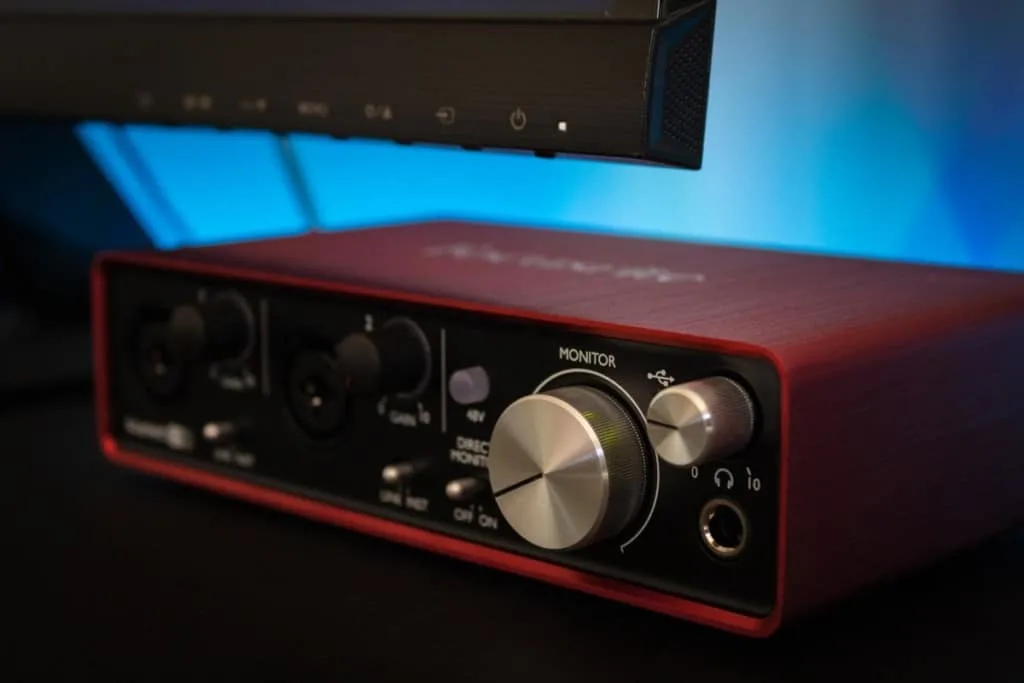
Does The Use Of An (Audio) Interface Improve Sound Quality?
Yes, using an audio interface greatly improves the sound quality emitted from your respective computers and laptops, making the sound quality more accurate and precise each time you record a new song or audio when you listen through speakers or headphones you will see the vast difference of using an interface.
If you are new to home recording and wanting to learn in-depth what an audio interface is and how to use it, I have written an article that explains everything about them.
You can read the article here.
Here’s a great video that tests some of the best studio monitors available.
Here’s the list of top 5 studio monitors. Take a look at hee items on Amazon. I personally recommend the Yamaha HS5
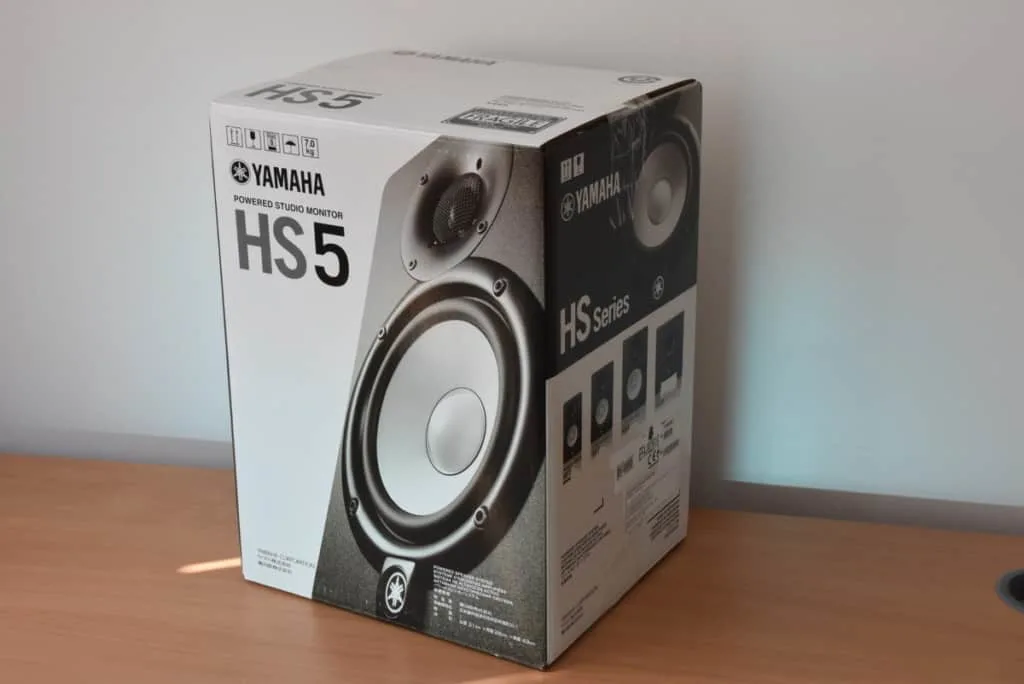
How To Use A Studio Monitor Without An Interface?
Since we have established that a studio monitor needs an interface to work more effectively in producing better sounds, you will need to attach it to your respective laptops and monitors using the right type of cables.
•Getting the right cable – Cables needed to attach the interface to the device is available in a wide array of lengths, but for this, you will need a 3.5 mm jack to 2x XLR (External Line Return) cable, this type of cable is ideal for professional audio and video applications as well as for stage lighting equipment.
•Attaching the studio monitor – Attach the cables to the speakers and in your respective laptops or active monitors, the type of cable used can be utilized in connecting a DJ set to your monitors.
Make adjustments if necessary, if you find that the cable is not long enough for your equipment, you may extend the initial cable with the use of regular microphone cables, you need two cables, one for each speaker of the studio monitors.
Is It Possible To Mix Without Studio Monitors?
Yes. In fact, I have written an article that teaches you exactly how to do it. You can find the article here.
Do Studio Monitors Need An Interface?
No, If you only need the studio monitors for playback it will sound fine without the use of an interface, however, if you are planning on developing and producing songs and music on a professional setting or editing sounds for a film, a dedicated interface is needed since it produces better quality and accurate sounds and it will give you results that are either consumer line-level or professional level.
The use of an interface makes recording much easier since you can record directly from the computer without the hassle of attaching and using external recorders. But a studio monitor is required to have an interface when it is planned to be used on professional audio applications, such as for films, songs, and more.
Studio Monitors And Audio Interfaces
An audio interface is also referred to as a sound card that is crucial for recording songs, especially in professional applications involving music and movies.
This sound card is readily available as a compact external hardware device or it can also be bought as a 19-inch rack unit, but most computers already have a built-in audio interface in the form of an internal sound card.
- The standard inputs for an audio interface are 6.35mm (1/4 inch) jack, XLR (External Line Return), or RCA (Radio Corporation of America).
- A studio monitor can be connected to an audio interface using a 6.35 mm jack or RCA outputs, audio interfaces have multiple XLR outputs making it more rugged when compared to other connector types.
This type of sound card is unlike any other standard one since it offers drastically higher quality performance and it is ideal for professional connection options, it has multiple input channels for easier connection to external devices such as guitars, microphones, synthesizers, and other musical instruments.
Here’s a great video showing how to connect your studio monitors to an audio interface.
The Benefits Of A Studio Monitor With Audio Interface
Though a studio monitor does not necessarily require the use of an interface, here are some benefits that come along with studio monitors that do use an audio interface.
•An audio interface alone gives you more options when recording music, such as giving you access to use different types of microphones.
•The use of this hardware gives you the option to edit and tune in your songs or sounds to your liking.
•Audio interfaces use professional level line outputs that provide more signals, increasing the signal to noise ratio resulting in cleaner and better-quality audio.
•This hardware also makes use of balanced outputs that incorporates the use of fancy wiring that can greatly lessen the picked-up noise from the audio cables.
•Using this type of sound card will give you more control over the amount of treble, midrange, and bass to your recordings.
•It can even give you the option of adding more advanced effects such as echo and reverb that can immensely help in filling out your sounds or music.
There are many benefits that come along with the use of an audio interface, that is why it is the most preferred sound card by professionals and experts alike because it lets them edit sounds with ease, producing quality sounds that meet the standards of the renowned music and movie industries.
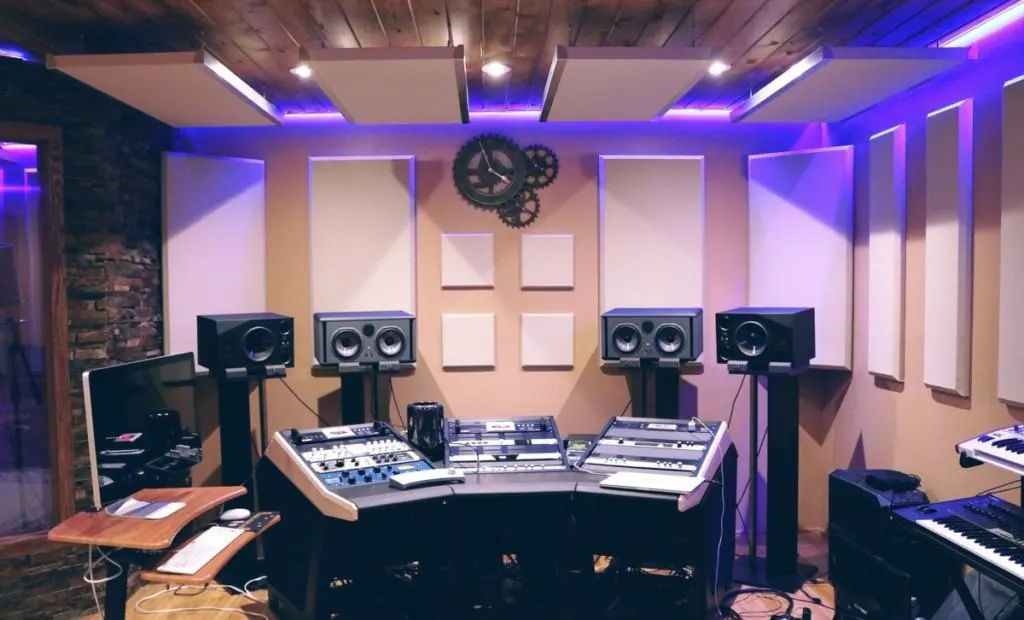
Do I Really Need An Audio Interface For My Studio Monitor?
If you are planning on recording music and producing the best sound quality from your computer is an interface needed?
Yes, you need an audio interface for that task although if you are not planning on using it for professional applications, an audio interface may not be needed when using your studio monitors.
And no, if you do not plan on using the studio monitor for other purposes such as using it as a regular speaker since it can produce excellent sound quality on its own.
Can You Use Studio Monitors As Regular Speakers?
Yes, although they are more used in professional audio applications for mixing sounds, songs, and other types of audios in movies, films, and more. They can also be used as regular speakers. A studio monitor offers more advanced connectivity options when compared to regular speakers.
It has been established that a studio monitor can be used in more setups and applications than regular speakers and produce better quality sounds.
Using A Studio Monitor In Practice
If you aim to be a professional singer and songwriter but want to start from humble beginnings, you may record your compositions at the comfort of your home through using your laptop or PC.
•Addition of an interface – If you want to produce professional leveled songs in your home, you may use an audio interface or sound card with one microphone input and one instrument input if you plan on using one for better sound accuracy and quality.
•Connecting the studio monitors – You may connect your studio monitors using the line outputs provided by the interface you have added, these line outputs can be either jack (balanced) or RCA (unbalanced).
Using speakers with balanced outputs such as the studio monitors are ideal in this practice since they are less susceptible to unwanted interferences and noise.
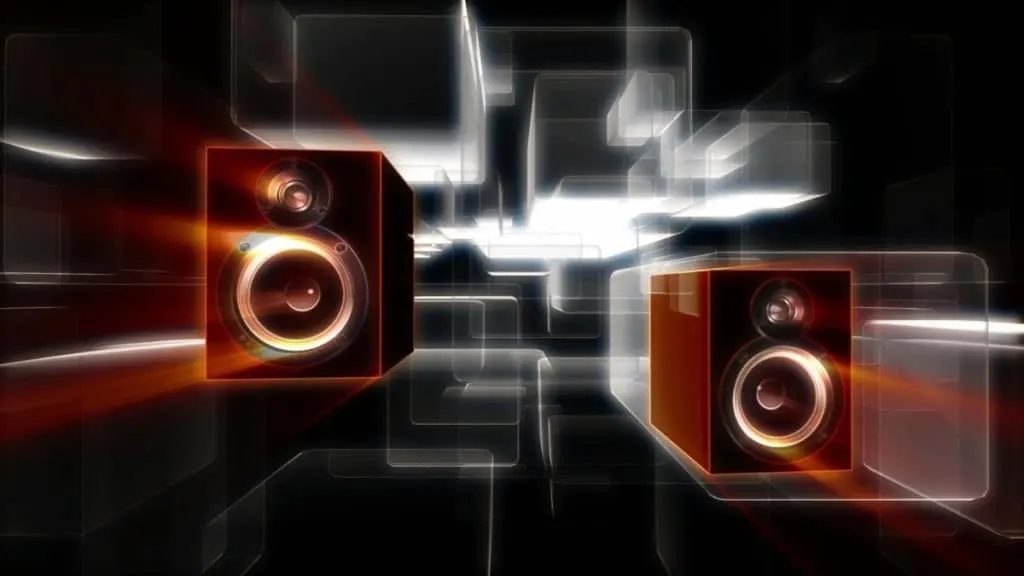
Why Are Studio Monitors So Expensive?
It has been established that a studio monitor is more than your average loudspeakers since it is the preferred device for professional audio applications, so what makes them expensive?
Apart from that fact, some materials used in making the studio monitor are expensive, and they are incorporated with a revolutionary technology that is responsible for its crisp and more refined sounds.
Making each channel from the studio monitor clearer and reproduction of sounds to be of better quality and more accurate.
A great starter option are the JBL Studio monitors, these are getting great reviews on many groups I’m a member of.
Check out the JBL monitors here.
Are Studio Monitors Worth The Money?
Yes, if you are eager in developing and recording music for professional settings, giving you flat sounds that are highly detailed in all volume levels from lows, mids, and highs. Giving you professional-grade sound quality that is used in professional audio applications such as for movies and music.
Conclusion
The bottom line is that if you want to record music at home using your studio monitors, an interface is not necessarily required, and you may also use these monitors for other purposes as well. You can record without using an audio interface but if you intend to produce recordings that are of higher quality, a studio monitor with an interface is needed.
Enjoy Your Recording!
